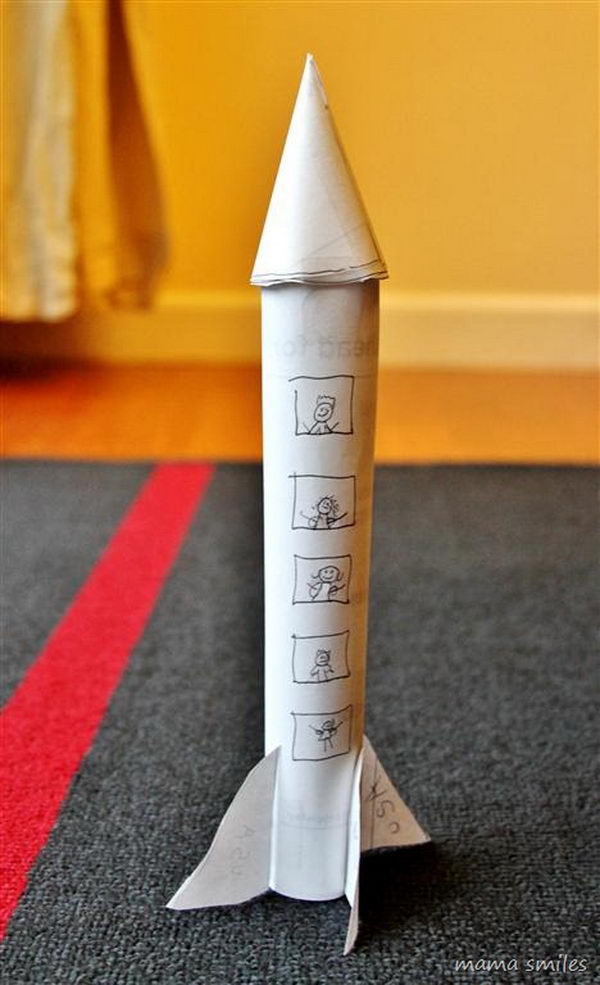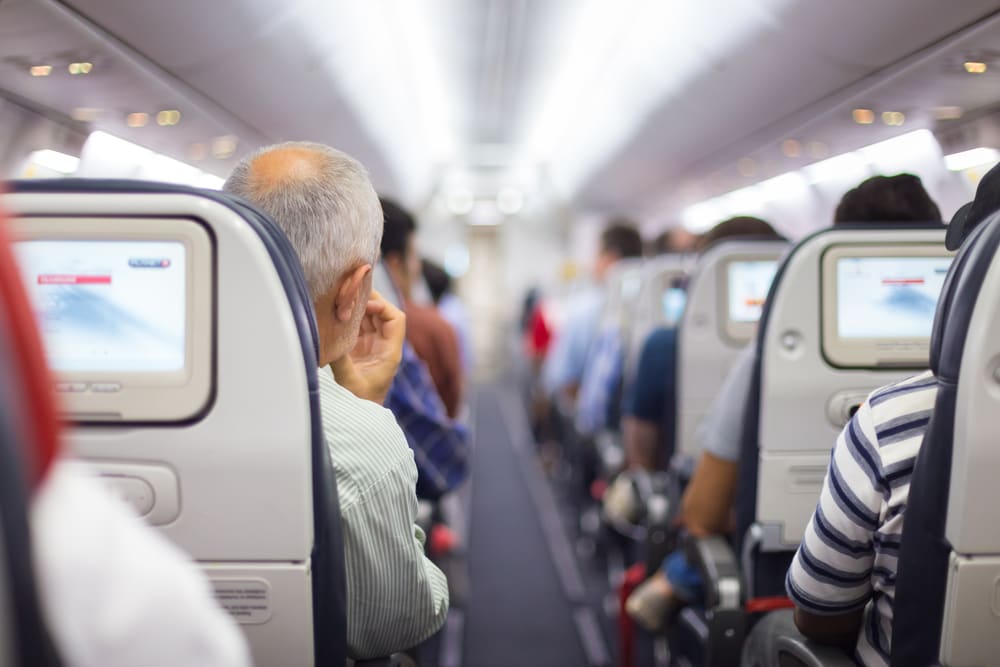(1980) cast and crew credits, including actors, actresses, directors, writers and more. Empty weight: 226,796 kilograms. Length: 73 meters. Wingspan: 117 meters. May 05, 2015 Lift depends on the density of the air, the square of the velocity, the air's viscosity and compressibility, the surface area over which the air flows, the shape of the body, and the body's inclination to the flow. May 05, 2015 The equation appears in many physics, fluid mechanics, and airplane textbooks. The equation states that the static pressure ps in the flow plus the dynamic pressure, one half of the density r times the velocity V squared, is equal to a constant throughout the flow. We call this constant the total pressure pt of the flow.
This page shows the parts of an airplane and their functions. Airplanes are transportation devices which are designed to move people and cargo from one place to another. Airplanes come in many different shapes and sizes depending on the mission of the aircraft. The airplane shown on this slide is a turbine-powered airliner which has been chosen as a representative aircraft.
For any airplane to fly, one must lift the weight of the airplane itself, the fuel, the passengers, and the cargo. The wings generate most of the lift to hold the plane in the air. To generate lift, the airplane must be pushed through the air. The air resists the motion in the form of aerodynamic drag. Modern airliners use winglets on the tips of the wings to reduce drag. The turbine engines, which are located beneath the wings, provide the thrust to overcome drag and push the airplane forward through the air. Smaller, low-speed airplanes use propellers for the propulsion system instead of turbine engines.
To control and maneuver the aircraft, smaller wings are located at the tail of the plane. The tail usually has a fixed horizontal piece, called the horizontal stabilizer, and a fixed vertical piece, called the vertical stabilizer. Crack illustrator for mac. The stabilizers' job is to provide stability for the aircraft, to keep it flying straight. The vertical stabilizer keeps the nose of the plane from swinging from side to side, which is called yaw. The horizontal stabilizer prevents an up-and-down motion of the nose, which is called pitch. (On the Wright brother's first aircraft, the horizontal stabilizer was placed in front of the wings. Such a configuration is called a canard after the French word for 'duck').

At the rear of the wings and stabilizers are small moving sections that are attached to the fixed sections by hinges. In the figure, these moving sections are colored brown. Changing the rear portion of a wing will change the amount of force that the wing produces. The ability to change forces gives us a means of controlling and maneuvering the airplane. The hinged part of the vertical stabilizer is called the rudder; it is used to deflect the tail to the left and right as viewed from the front of the fuselage. The hinged part of the horizontal stabilizer is called the elevator; it is used to deflect the tail up and down. The outboard hinged part of the wing is called the aileron; it is used to roll the wings from side to side. Most airliners can also be rolled from side to side by using the spoilers. Spoilers are small plates that are used to disrupt the flow over the wing and to change the amount of force by decreasing the lift when the spoiler is deployed.
The wings have additional hinged, rear sections near the body that are called flaps. Flaps are deployed downward on takeoff and landing to increase the amount of force produced by the wing. On some aircraft, the front part of the wing will also deflect. Slats are used at takeoff and landing to produce additional force. The spoilers are also used during landing to slow the plane down and to counteract the flaps when the aircraft is on the ground. The next time you fly on an airplane, notice how the wing shape changes during takeoff and landing.
The fuselage or body of the airplane, holds all the pieces together. The pilots sit in the cockpit at the front of the fuselage. Passengers and cargo are carried in the rear of the fuselage. Some aircraft carry fuel in the fuselage; others carry the fuel in the wings.
As mentioned above, the aircraft configuration in the figure was chosen only as an example. Individual aircraft may be configured quite differently from this airliner. The Wright Brothers 1903 Flyer had pusher propellers and the elevators at the front of the aircraft. Fighter aircraft often have the jet engines buried inside the fuselage instead of in pods hung beneath the wings. Many fighter aircraft also combine the horizontal stabilizer and elevator into a single stabilator surface. There are many possible aircraft configurations, but any configuration must provide for the four forces needed for flight. Activities:Guided Tours
- Parts of an Airplane:
- Control Surfaces:

Navigation .

- Beginner's Guide Home Page
Lift depends on the density of the air, the square of the velocity, the air's viscosity and compressibility, the surface area over which the air flows, the shape of the body, and the body's inclination to the flow. In general, the dependence on body shape, inclination, air viscosity, and compressibility is very complex. Good monitors for mac.
One way to deal with complex dependencies is to characterize the dependence by a single variable. For lift, this variable is called the lift coefficient, designated 'Cl.' This allows us to collect all the effects, simple and complex, into a single equation. The lift equation states that lift L is equal to the lift coefficient Cl times the density r times half of the velocity V squared times the wing area A.
L = Cl * A * .5 * r * V^2 View gmail contacts on iphone.
For given air conditions, shape, and inclination of the object, we have to determine a value for Cl to determine the lift. For some simple flow conditions and geometries and low inclinations, aerodynamicists can determine the value of Cl mathematically. But, in general, this parameter is determined experimentally.
In the equation given above, the density is designated by the letter 'r.' We do not use 'd' for density, since 'd' is often used to specify distance. In many textbooks on aerodynamics, the density is given by the Greek symbol 'rho' (Greek for 'r'). The combination of terms 'density times the square of the velocity divided by two' is called the dynamic pressure and appears in Bernoulli's pressure equation.
You can investigate the various factors that affect lift by using the FoilSim III Java Applet. (Have fun!) Use the browser 'Back' button to return to this page. If you want your own copy of FoilSim to play with, you can download it at no charge.
You can view a short movie of 'Orville and Wilbur Wright' discussing the lift force and how it affected the flight of their aircraft. The movie file can be saved to your computer and viewed as a Podcast on your podcast player.
Activities:Guided Tours
- Lift Equation:
- Factors that Affect Lift:

Navigation .
Dirt Cheap Airplanes For Sale
- Beginner's Guide Home Page
